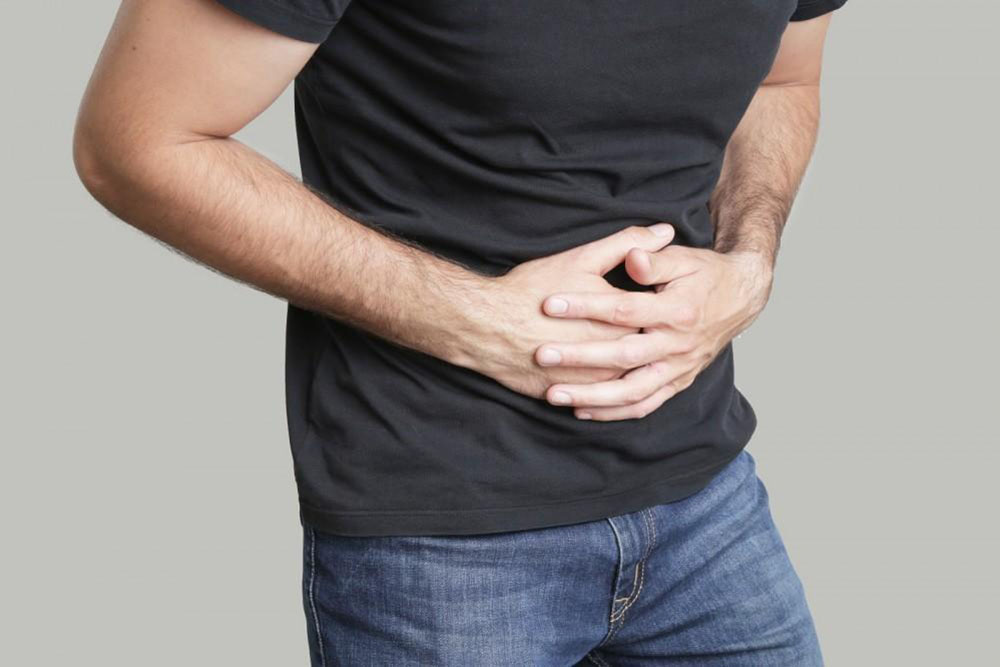What Is Portal Hypertension?
Portal hypertension means high blood pressure in the portal vein. This vein carries blood from the intestines to the liver. When pressure gets too high, it can cause:
- Swollen veins (varices)
- Fluid in the belly (ascites)
- Other serious issues
The ICD-10 code for portal hypertension is K76.6.
Common Causes and Risk Factors
- Chronic liver disease - Cirrhosis from alcohol or hepatitis
- Fatty liver disease - Often linked to obesity or diabetes
- Blood clots - Block normal blood flow in the portal vein
- Schistosomiasis - A rare parasitic infection
- Family history - Genetic factors may raise your risk
Signs and Symptoms
- Swollen veins in the esophagus or stomach (varices)
- Fluid buildup in the belly (ascites)
- Enlarged spleen
- Yellowing of the skin or eyes (jaundice)
- Easy bruising or bleeding
- Tiredness or weakness
How Dr. Rishi Chadha Diagnoses Portal Hypertension
Dr. Chadha uses a thorough, step-by-step approach:
1. Medical History and Physical Exam
He reviews your personal and family liver history, alcohol use, medications, and any symptoms like abdominal swelling or bleeding.
2. Lab Tests
Comprehensive blood work assesses liver enzymes, bilirubin, platelet counts and rules out viral hepatitis or other causes of liver injury. All findings are coded under ICD-10 K76.6 for accurate records.
3. Imaging Studies
- Ultrasound with Doppler - Evaluates portal vein blood flow and checks for varices or ascites.
- CT or MRI - Provides detailed views of liver anatomy, collateral vessels, and any vascular blockages.
- Endoscopy - Directly inspects esophageal and gastric varices for bleeding risk.
4. Advanced Testing (as needed)
- Transient Elastography (FibroScan) - Measures liver stiffness to gauge fibrosis severity.
- HVPG (Hepatic Venous Pressure Gradient) - Quantifies portal pressure when noninvasive tests are inconclusive.
Frequently Asked Questions
What causes portal hypertension?
Cirrhosis, blood clots, and some infections.
What is the ICD-10 code?
The correct code is K76.6.
What are early signs?
Mild belly swelling, fatigue, or enlarged veins on imaging.
How is it diagnosed?
With blood tests, imaging (ultrasound, CT, or MRI), and endoscopy.
Can diet help?
Yes. Low-salt meals and good nutrition help manage symptoms.
What medications are used?
Beta blockers and diuretics are most common.
Is TIPS a safe option?
Yes, it's safe and effective when monitored closely.
How often should I follow up?
Every 3-6 months, or sooner if needed.
Can it be cured?
Not always, but early care can slow it down or stop it from getting worse.
Where can I learn more?
Visit Mayo Clinic's page on portal hypertension.











